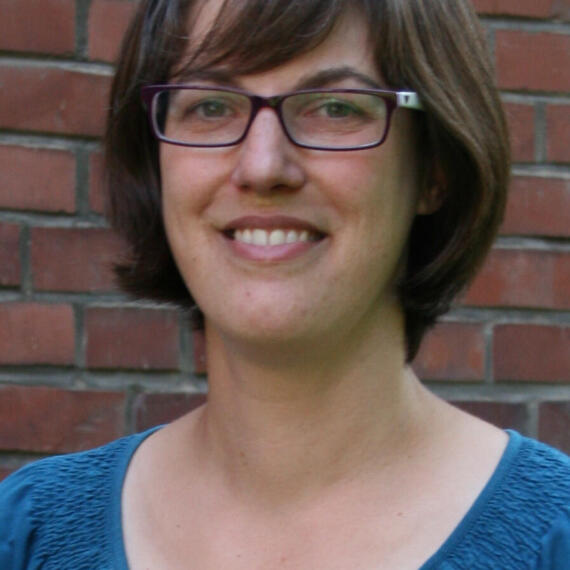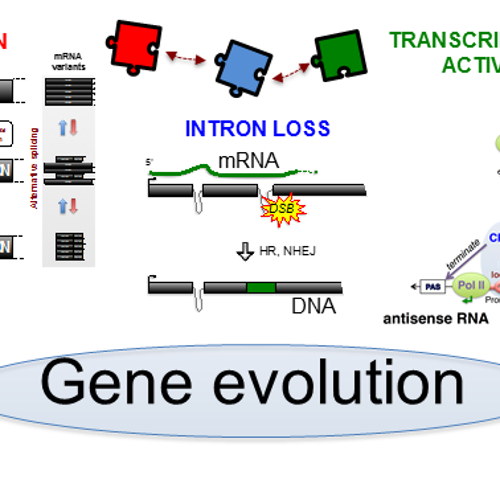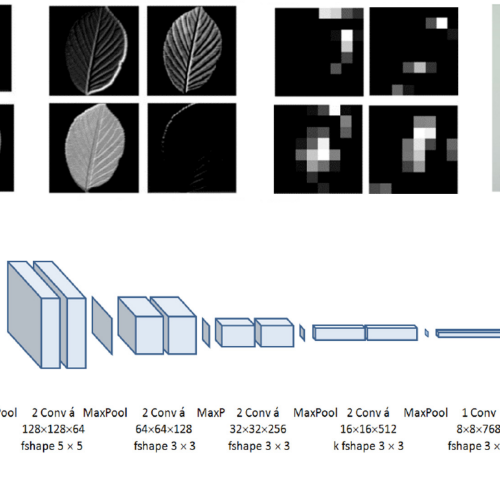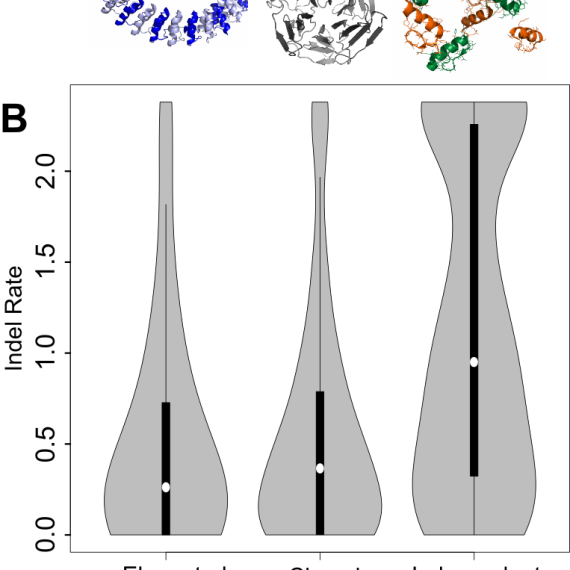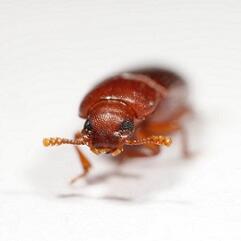Past Seminars
News and past Seminars
News 2024
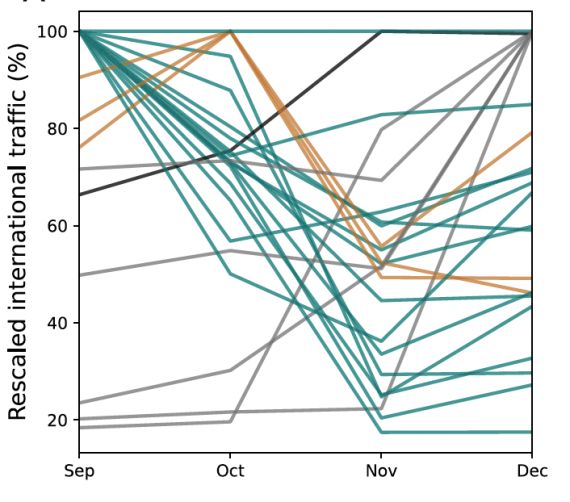
© pczuppon New paper out in Nature Communications
News 2023
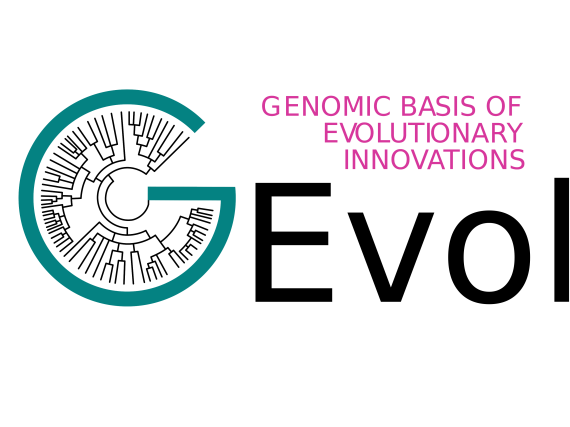
1st Annual GEvol Meeting in Bonn
© acoban IEB Seminar by Jörn Peter Scharsack
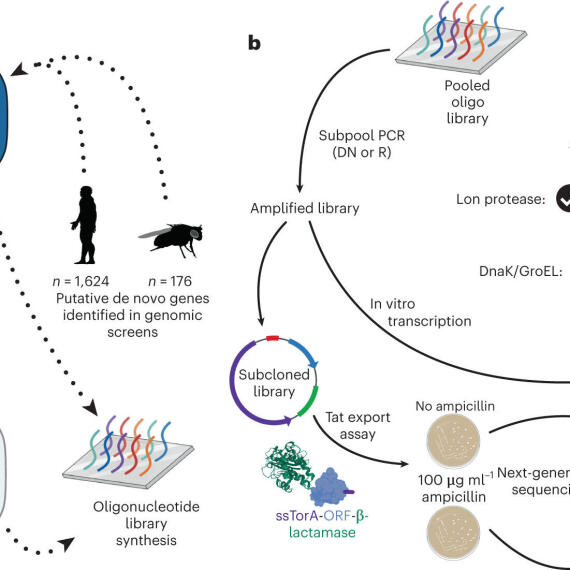
© acoban Experimental characterization of de novo proteins and their unevolved random-sequence counterparts
News 2022

© acoban Kai Müller is the new President of the Association of Botanic Gardens

© acoban Kick-off meeting of the DFG SPP 2349 Gevol

© acoban Janina and Lars are elected as IEB student representatives
News 2021

© NC3 The German Science Foundation (DFG) has decided to fund the CRC/Transregio SFB/TRR 212 (NC3) for another 4 years
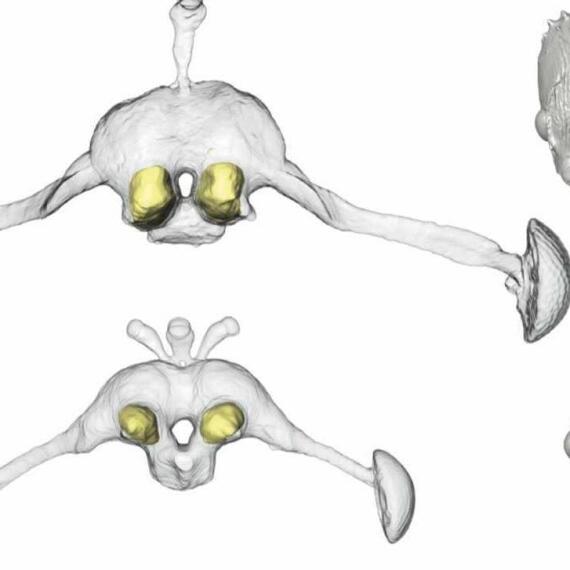
© Schrader et al. Relaxed selection underlies genome erosion in socially parasitic ant species
German Research Foundation funds priority programme SPP2349 in "Genomic Basis of Evolutionary Innovations (GEvol)"
New experimental and computational techniques provide innovative opportunities to study the evolutionary history of genomes (the genetic material of a living being) and to reconstruct the emergence of new traits and characteristics of species, for example insects. Those responsible for "GEvol" are using these new techniques and bringing together researchers from the fields of genomics, bioinformatics, evolutionary ecology, molecular evolution, developmental biology, taxonomy and genetics to exploit the dynamics and principles of genomic innovations of a large clade. "In the project, we are investigating, among other things, the processes underlying the most important genomic innovations in evolution - for example, gain and loss of sociality or mating systems, defence and immunity, developmental and morphological innovations and plasticity," says Erich Bornberg-Bauer.
20 to 25 groups work collaboratively under the umbrella structure of GEvol. The SPP promotes the use of new and innovative computational and experimental techniques across groups throughout the German research landscape, training a new generation of young researchers in the field of genomics. Around 20 young researchers receive state-of-the-art technical and scientific training in a highly interdisciplinary setting.
In addition to coordinator Erich Bornberg-Bauer, there are four other members on the SPP committee. They come from the Institute of Zoology and Anthropology (Göttingen University), the Senckenberg Biodiversity and Climate Research Centre (Frankfurt am Main), the Zoological Research Museum Alexander Koenig (Bonn).
Online article on WWU news page
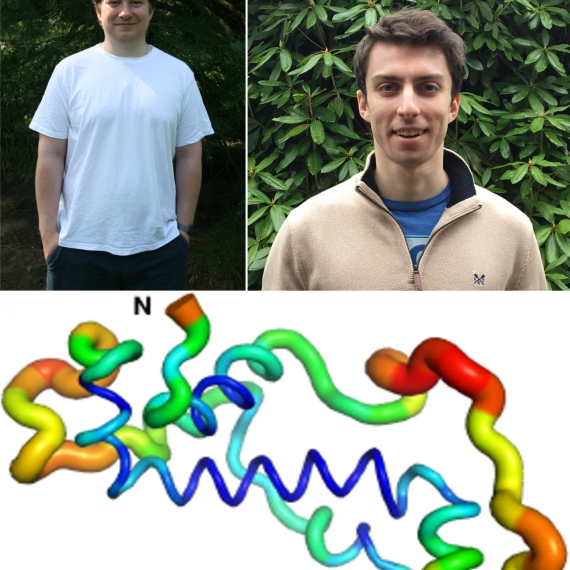
© Lange et al. Structural and functional characterization of a putative de novo gene in Drosophila

© Bertrand Fouks Marie Skłodowska-Curie Actions | Individual Fellowship awarded to Dr. Bertrand Fouks
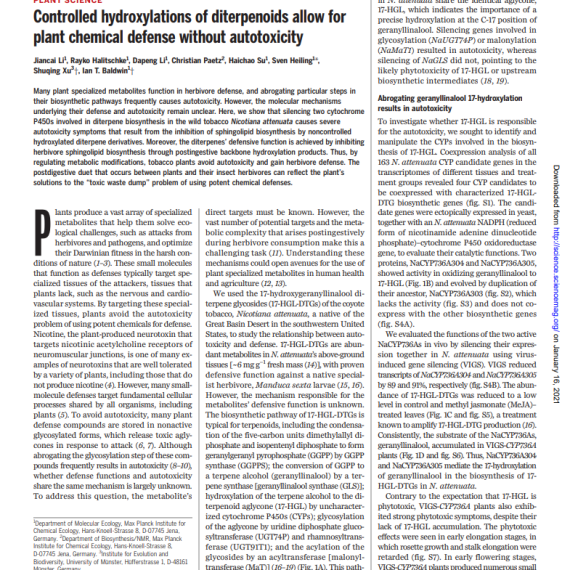
© Li et al. New paper by the group of Prof. Dr. Shuqing Xu published in Science
News 2020
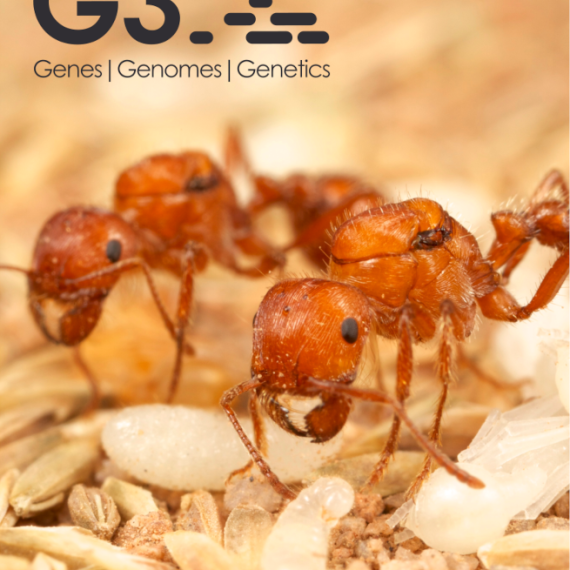
© Bohn et al. Announcement
Announcement
The worldwide day of action on 25 November recalls the high level of violence against women. The Federal Minister for Women's Affairs, Dr. Franziska Giffey, is calling for the help line to be made public on this day to show those affected a way out of violence.
The University of Münster is again participating in this campaign this year. In a large photo campaign, numerous departments and central units have clearly positioned themselves against violence against women.
You can find more information here
Der weltweite Aktionstag am 25. November erinnert an das hohe Ausmaß von Gewalt gegen Frauen. Bundesfrauenministerin Dr. Franziska Giffey ruft dazu auf, anlässlich dieses Tages das Hilfetelefon bekanntzumachen und so Betroffenen einen Ausweg aus der Gewalt zu zeigen.
Die Universität Münster wirkt auch in diesem Jahr wieder an dieser Aktion mit. In einer großen Fotoaktion haben sich zahlreiche Fachbereiche und zentrale Einheiten deutlich gegen Gewalt an Frauen positioniert.
Mehr informationen finden Sie hier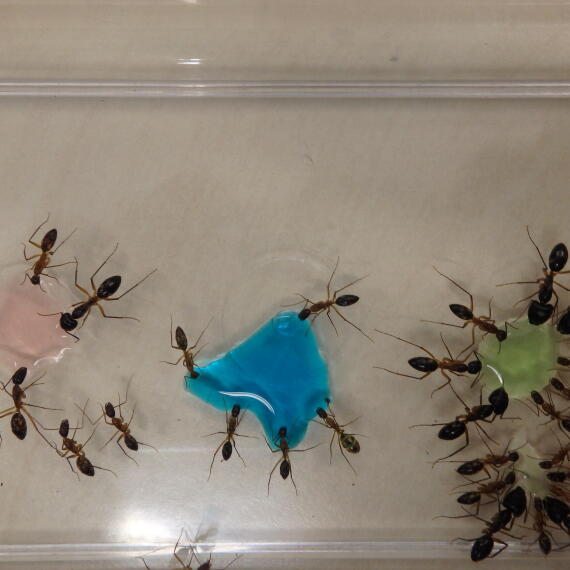
© Uli Ernst Pupils visited the IEB

© Mohammed Hassan Job Announcement
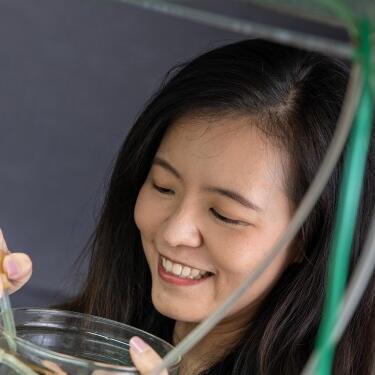
© Uni MS - Peter Leßmann Tze Hann Ng of AG Kurtz featured on WWU main page
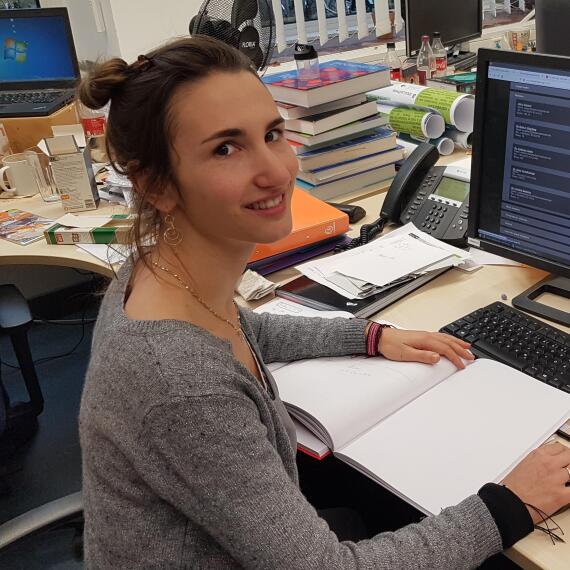
© Anna Grandchamp Humboldt Fellowship for Dr. Anna Grandchamp
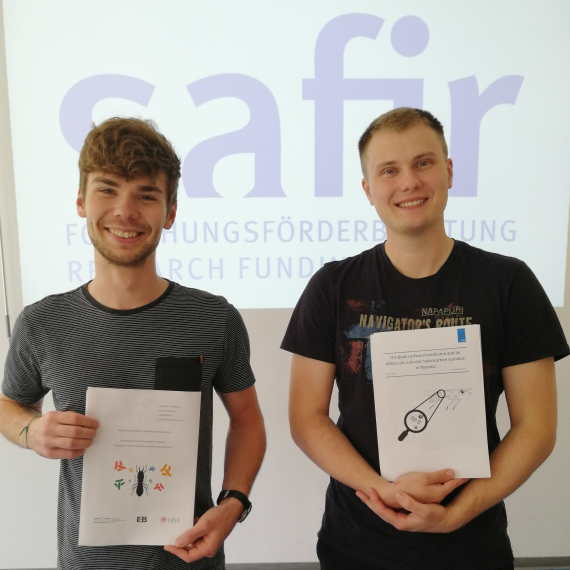
© Aileen Seipelt SAFIR research funding for two IEB students

© Stowers Institute for Medical Research New study by AG Kurtz members Robert Peuß and Jörn Scharsack featured on WWU cover page
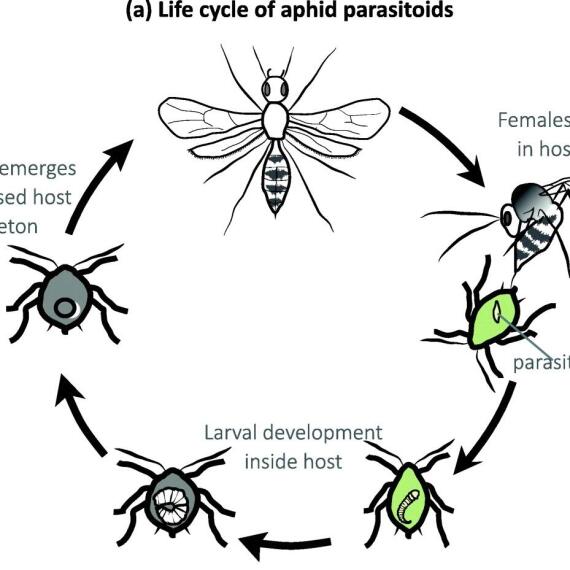
© Dennis et al. /BMC Genomics New study by the group of Jürgen Gadau on functional insights from genomes of two aphid parasitoids

© privat Software development to facilitate reproducible research
Evolution of an adaptive and novel floral volatile
Many flowering plants produce highly diverse and specific floral scents that are important for mediating interactions with their pollinators and/or herbivores. The well-known fitness effects and extraordinary diversity of floral scents provide an excellent system for studying the evolution of novel adaptive traits in plants. However, very few studies have revealed how plants evolve new floral scents.
In this study, a group of scientists from Max Planck Institute for Chemical Ecology and University of Münster uncovered the biosynthetic machinery and evolution of a species-specific nocturnal floral volatile of a wild tobacco (Nicotiana attenuata): benzyl acetone (BA), a compound that mediates both pollinator attraction and florivore deterrence. They demonstrated that three genes, NaPAL4, NaIFR3, and NaCHAL3 are sufficient and necessary for the BA biosynthesis in N. attenuata. They also found that while independent changes in transcription in all three genes contributed to intraspecific variations of floral BA emission, the gain of expression of NaIFR3 resulted in the biosynthesis of BA, which was only found in N. attenuata. Because NaIFR3 evolved from a gene duplication that occurred earlier than the diversification of Nicotiana, this study provided an example that novel metabolic pathways can arise via altering the expression of existing genes.
The study not only revealed how novel adaptive traits have been evolved, but also shows different genetic mechanisms are involved in intra- and interspecific variations of adaptive traits. Scientists found that while all three biosynthetic genes contributed to the intraspecific variations of floral BA emission, only the expression changes in NaIFR3 contributed to differences in floral BA emission among closely related species. The results indicate that adaptive traits might evolve differently between and within species.
The study showed that a new metabolic pathway can arise via expression changes in a single gene. Such mechanism might not only explain the evolution of amazing diversity of specialized metabolites in plants, but also demonstrated the potential of using metabolic engineering in crop development and protection.
Original Publication:
Han Guo, Nathalie D Lackus, Tobias G Köllner, Ran Li, Julia Bing, Yangzi Wang, Ian T Baldwin, Shuqing Xu, Evolution of a Novel and Adaptive Floral Scent in Wild Tobacco, Molecular Biology and Evolution, , msz292, https://doi.org/10.1093/molbev/msz292
News 2019

© Bettina Zeis Conference on Freshwater Sciences, 23.-27. September, 2019
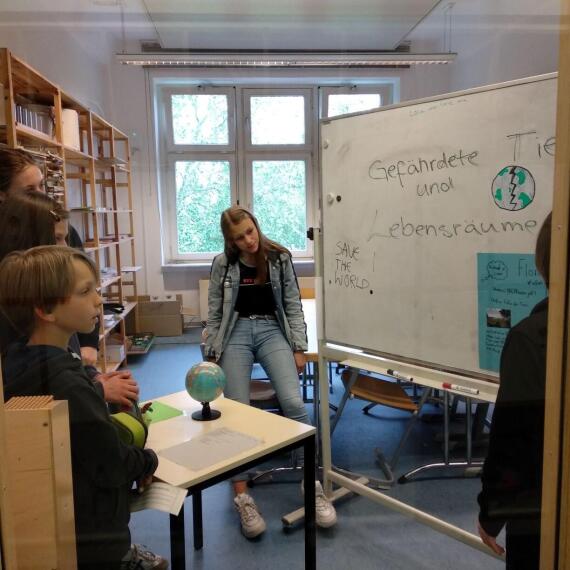
© Jenny Märzhäuser Raising future scientists
Dr. Susann Wicke receives young talent award
The University Society Münster has honored the outstanding research achievements of two young scientists of the Westfälische Wilhelms-Universität Münster (WWU): In a ceremony the physician Prof. Dr. Maged Alnawaiseh and biologist Dr. Susann Wicke received this years award for the promotion of young scientists. The awards are endowed with 5,000 euros each provided by the University of Münster.
Full article
Get animal researchers as experts in schools, clubs or groups
How do animals think and feel? Are there pessimists and optimists among them? How does the environment affect their well-being? Animal researchers investigate all this at the Westfälische Wilhelms-Universität Münster (WWU). If you want to learn more about these and other exciting topics, you do not have to go on nature trips or to the lab. With the new program "e-vite a prof!" ("Invite a Professor") scientists of our department will now come to all interested parties and talk about their research results - in schools, clubs or in other groups.
Full article
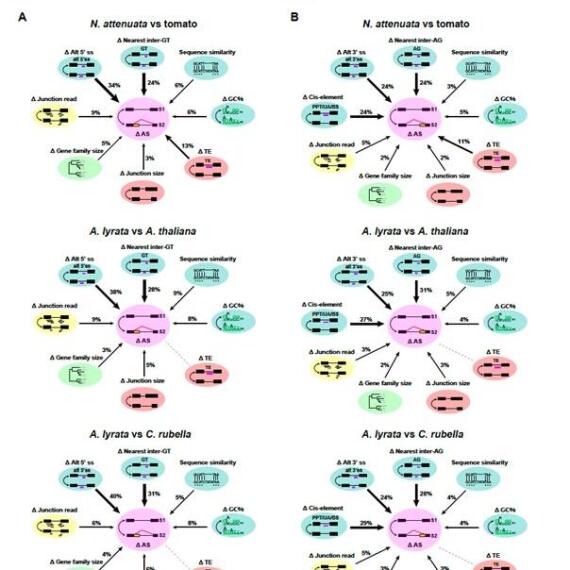
© Shuqing Xu Frontiers in Plant Science published a new study from Shuqing Xu’s group

© Mareike Koppik New publication on sexual conflict out in PNAS

© Klaus J. Appenroth Duckweed: The low-down on a tiny plant
Science Pub was held by Joachim Kurtz on host-parasite coevolution

© Ti Eriksson New study by Eriksson and Gadau
News 2018
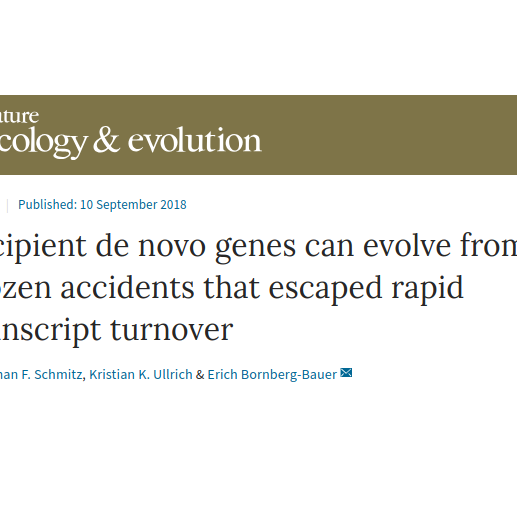
© Schmitz et al. 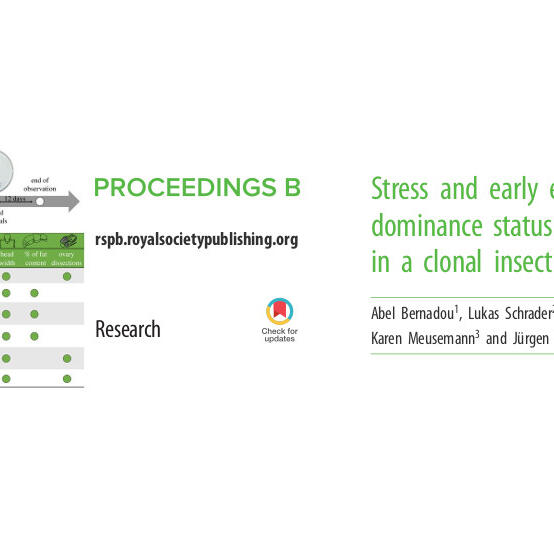
© Bernadou et al. New paper by Bernadou et al.

© Buellesback et al. New paper by Buellesbach et al.

© Schrader & Schmitz New review by Schrader & Schmitz on transposable elements

© Portrait: Uni MS/Peter Grewer; Termites: CSIRO, licensed under CC BY 3.0 3rd HFSP Programme Grant for IEB PI Prof. Erich Bornberg-Bauer

© Uni MS/MGSE 7th MGSE Symposium was held

© BornbergLab The convergent evolution of termite eusociality

© Uni MS/EvoPAD; Nasonia: AG Gadau EvoPAD welcomes Jürgen Gadau as new member

© Uni MS/MGSE ETT-Fellow Chris Smith publishes study supported by the MGSE

© Uni MS/MGSE PhD students launch MGSE magazine "The Eyebrow"

© Peter Lessmann Projektmodul - Vorstellung der Arbeitsgruppen
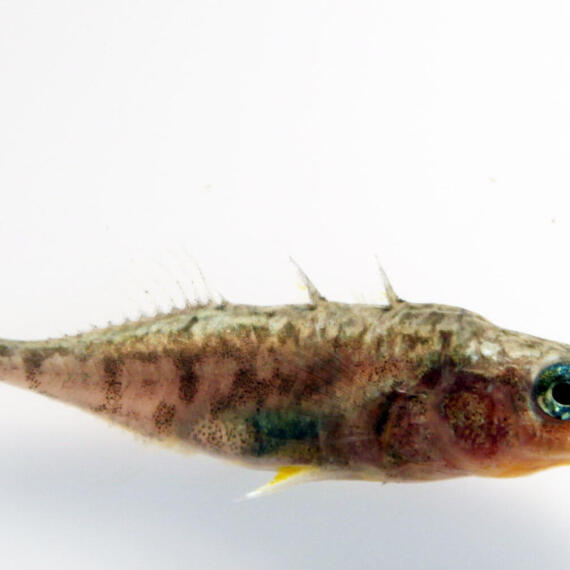
© IEB - Animal Evolutionary Ecology Group Parasiten - Global Player der Ökosysteme
News 2017

© SFB TRR 212 SFB-TRR 212 "NC3“ funded
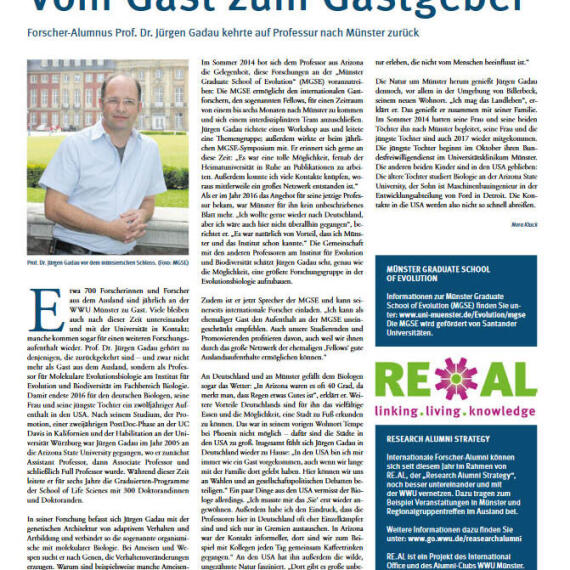
© Uni MS Interview with MGSE Speaker Prof. Dr. Jürgen Gadau

© Designservice Uni MS Anticipation of Critical Transitions in Complex Systems
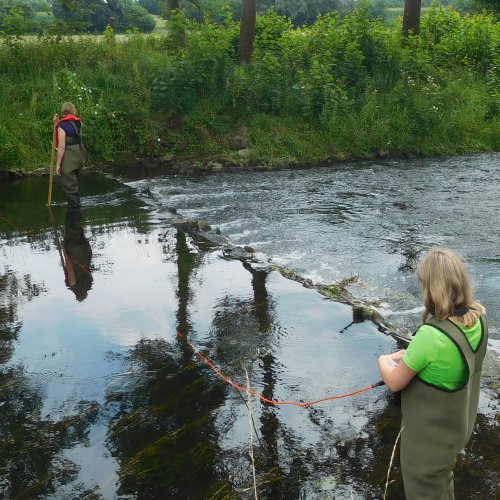
© Bever Project 2017 Enhancement of freshwater biodiversity following structural restoration?

© Charlie Leight/ASU Digging into the harsh world of ants

© Fricke & Chapman "Editors Choice"
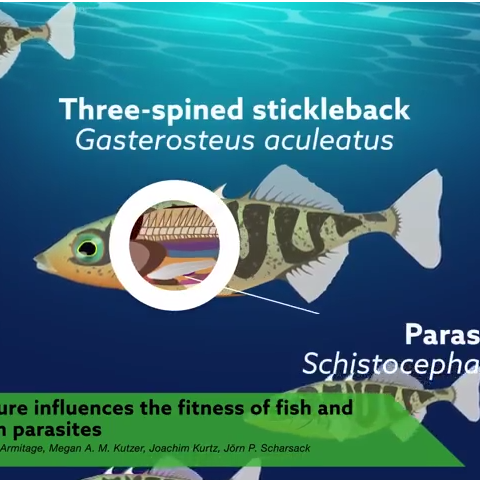
© Research Square Video Abstract for new Article
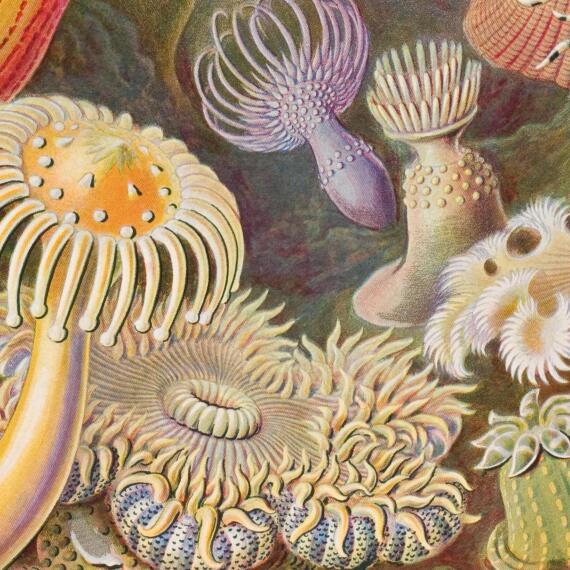
© Public domain, Ernst Haeckel's Kunstformen der Natur MGSE Workshop on "Stem cells of invertebrates" - 12th July 2017

© Pivate Rensch-Lecture 2017

© Nationale Akademie der Wissenschaften Leopoldina (2017) Leopoldina Statement April 2017

© Schrader et al. New Paper published by Lukas Schrader et al.
Projektmodul - Vorstellung der Arbeitsgruppen
News 2016
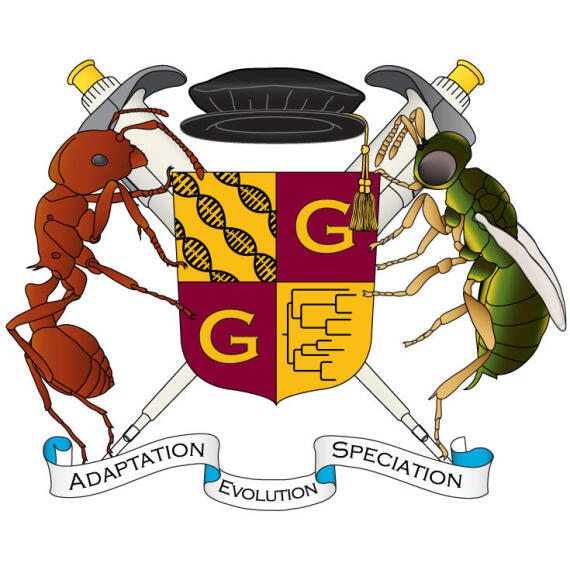
© AG Gadau Prof. Jürgen Gadau and the Molecular Evolution and Sociobiology Group join the IEB

DFG funds new Research Training Group
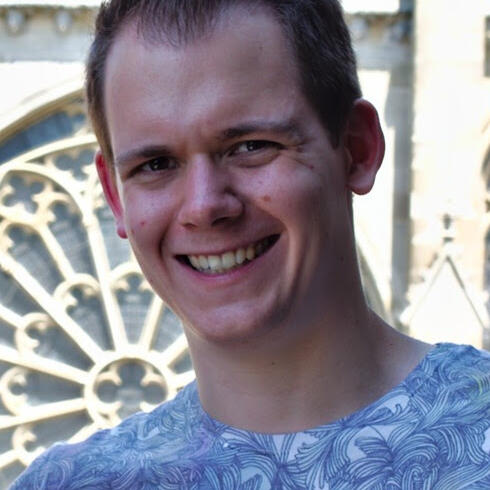
© BornbergLab Annual Rensch Price 2016 goes to Jonathan Schmitz
Nachruf

© Nature New Publication
News 2015
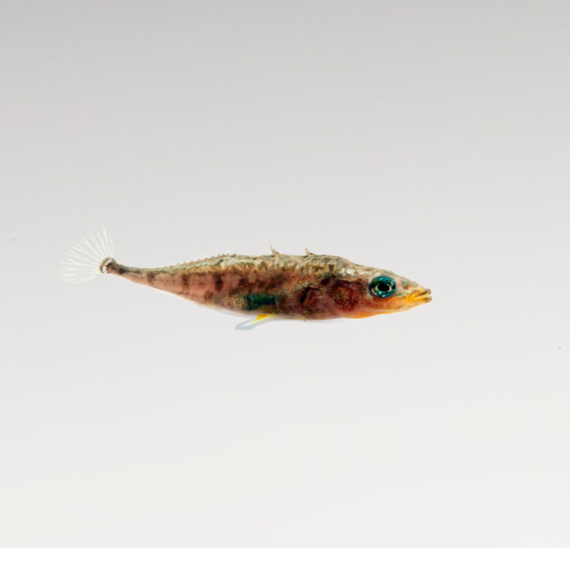
MSc-Arbeiten
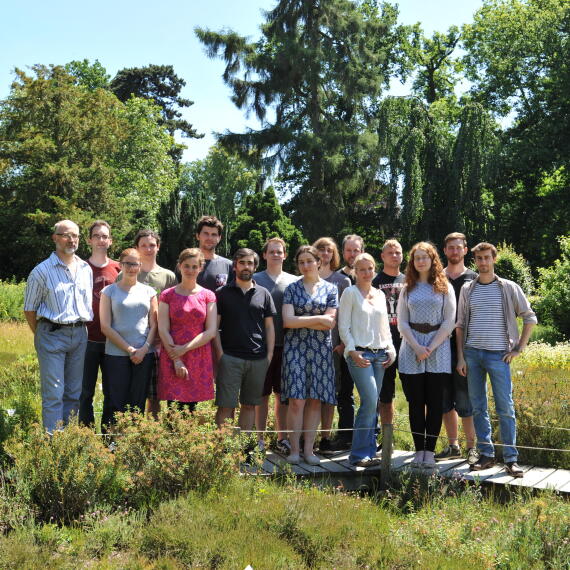
Molecular Evolution & Bioinformatics Group In Public Media

© Uni MS - Judith Kraft Talk of Prof. Joachim Kurtz at the "Kinder-Uni"
Frei Plätze im FGM “Subalpine und alpine Vegetation temperater Hochgebirge am Beispiel der Zentralalpen mit Exkursion ins Ötztal“
Bachelorarbeiten / Bachelor Theses 2015








